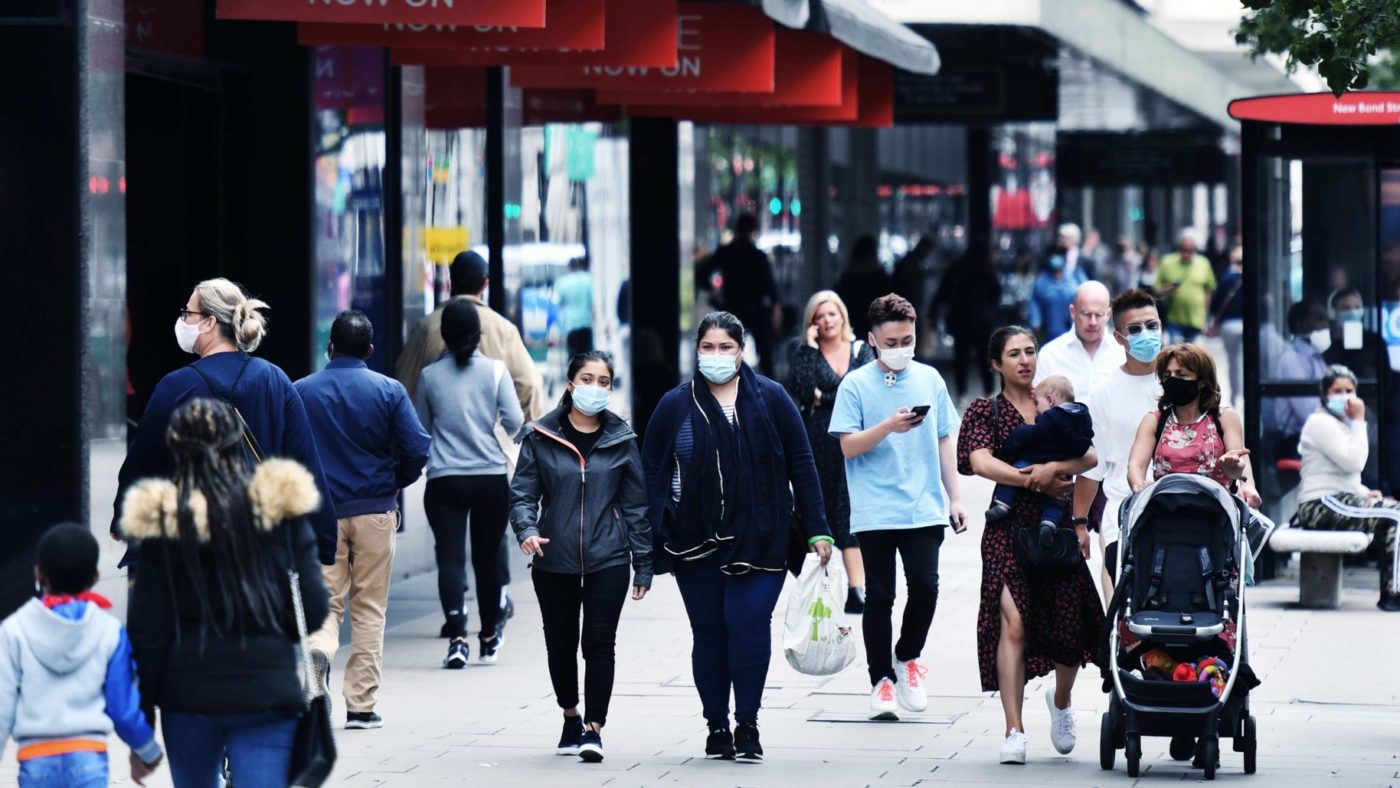The lacklustre GDP data for May have put a significant dent in hopes of a rapid turnaround in the UK economy. The wide range of scenarios published this week by the Office for Budget Responsibility also illustrated the many uncertainties. But I’m not going to bin my relatively optimistic forecasts just yet – provided the government continues to ease the lockdown and both consumers and businesses regain the confidence to spend.
To be clear, the May numbers were disappointing. GDP picked up by just 1.8% on the month (m/m) compared to consensus forecasts for growth of 5% or more. This was pretty feeble given the extent of the decline in the previous two months and left the economy about a quarter smaller in May than in February. Nonetheless, there are three good reasons not to panic.
First, monthly GDP data are relatively unreliable at the best of times, and especially now. In the words of the ONS, ‘GDP estimates for May 2020 are subject to more uncertainty than usual as a result of the challenges we faced in collecting the data under government imposed public health restrictions’.
Second, economic activity itself was still being heavily constrained by these restrictions in May. The Government Response Stringency Index (compiled by researchers at Oxford University) shows that other European countries have been much quicker to relax their rules. In turn, the latest Eurostat data show this has been reflected in a faster economic recovery too; for example, industrial production in the euro area rose by 12.4% m/m in May (compared to 6% in the UK), with retail sales up by 17.8% (12.0%). The UK may therefore only have to wait a month or two longer for some much better GDP numbers as well.
Third, we are now in mid-July, so the May GDP numbers are already two months old. More timely UK data are reassuring. In particular, the main weak spot in May was the services sector, where output rose by just 0.9%. The pick-up in retail in May was offset by falls in other categories such as ‘professional, scientific and technical activities’, and ‘information and communication’. This suggests that while consumers are starting to spend again, businesses have been lagging behind. However, the services PMI, which was still just 29.0 in May, has since rebounded to 47.1 in June.
We already have further evidence of recovery in the consumer sector too. The BRC Retail Sales Monitor reported that sales were 3.4% higher in June than the same month last year. And while footfall is still well below year-ago levels, consumers appear to be spending more on each visit to the shops – or online.
Consistent with this, Visa’s UK Consumer Spending Index (CSI) has reported much smaller annual declines and a record 16.6% m/m increase in June, despite an abundance of caution. Indeed, the official data for June, to be published next Friday (24th July) are likely to confirm a V-shaped recovery in retail sales.
There were even some signs of improvement in this week’s labour market data. Payroll employment has continued to fall, but a much slower pace. Many people have already returned from furlough and average hours actually worked began to pick up in May, especially for the self-employed. These trends are likely to have accelerated in June and beyond, as the health restrictions are eased further.
Of course, the crucial uncertainties remain, including the risks of a second wave of coronavirus or a surge in job losses as government support is withdrawn. But the health data continue to improve too. For example, the total number of deaths from all causes in England and Wales was below the 5-year average almost every day in June. The timetable for lifting the lockdown is also still running ahead of the timetable for winding down the Job Retention Scheme, even though it will be an uncomfortably close race for many businesses – and potentially a losing one for some.
Given all this, I’m sticking to my view that the recovery will surprise on the upside over the remainder of the year. And I still think it more likely than not that it will look roughly like a ‘V’ – or at least as close to a ‘V’ as the pace of the easing of the lockdown will allow – with overall economic activity back to pre-Covid levels much sooner than most expect.
Click here to subscribe to our daily briefing – the best pieces from CapX and across the web.
CapX depends on the generosity of its readers. If you value what we do, please consider making a donation.


